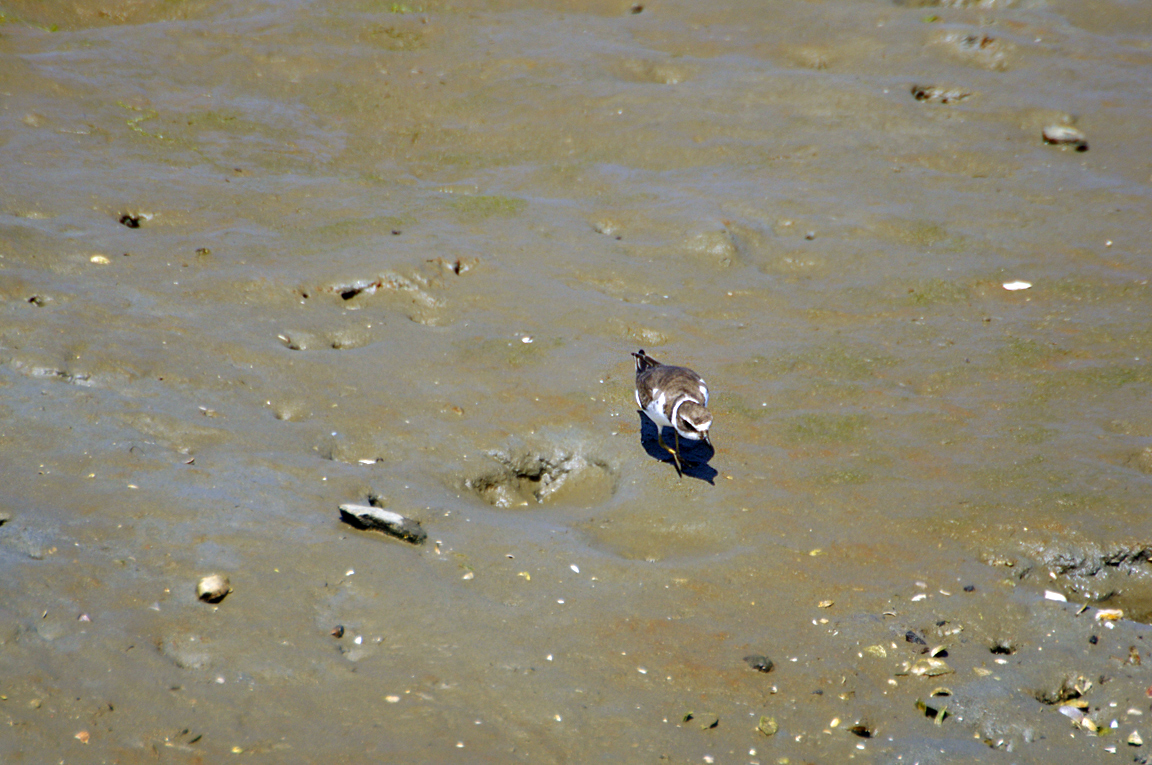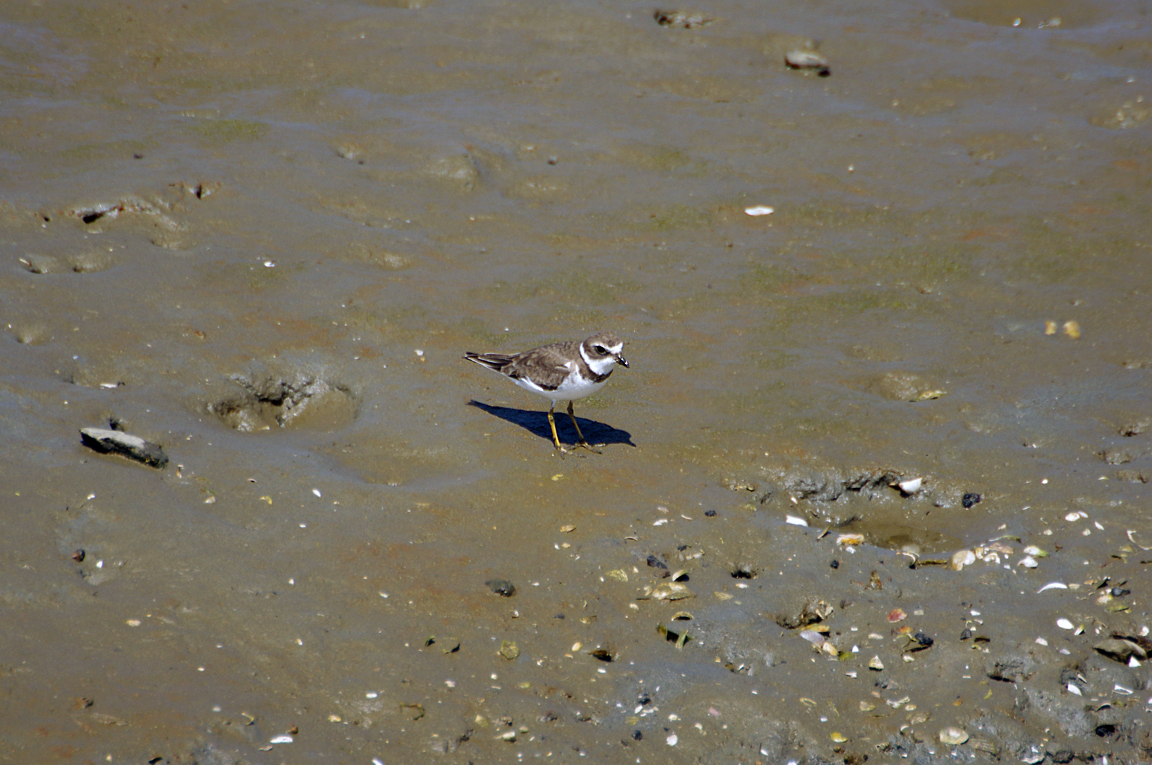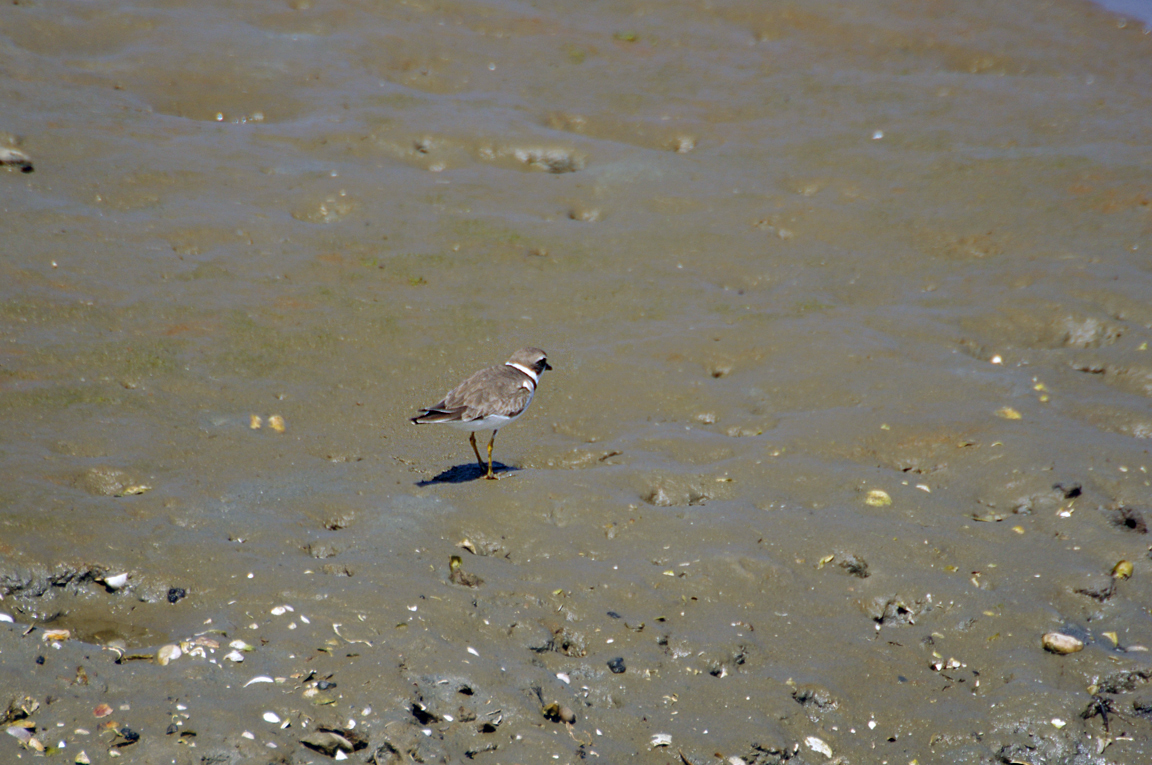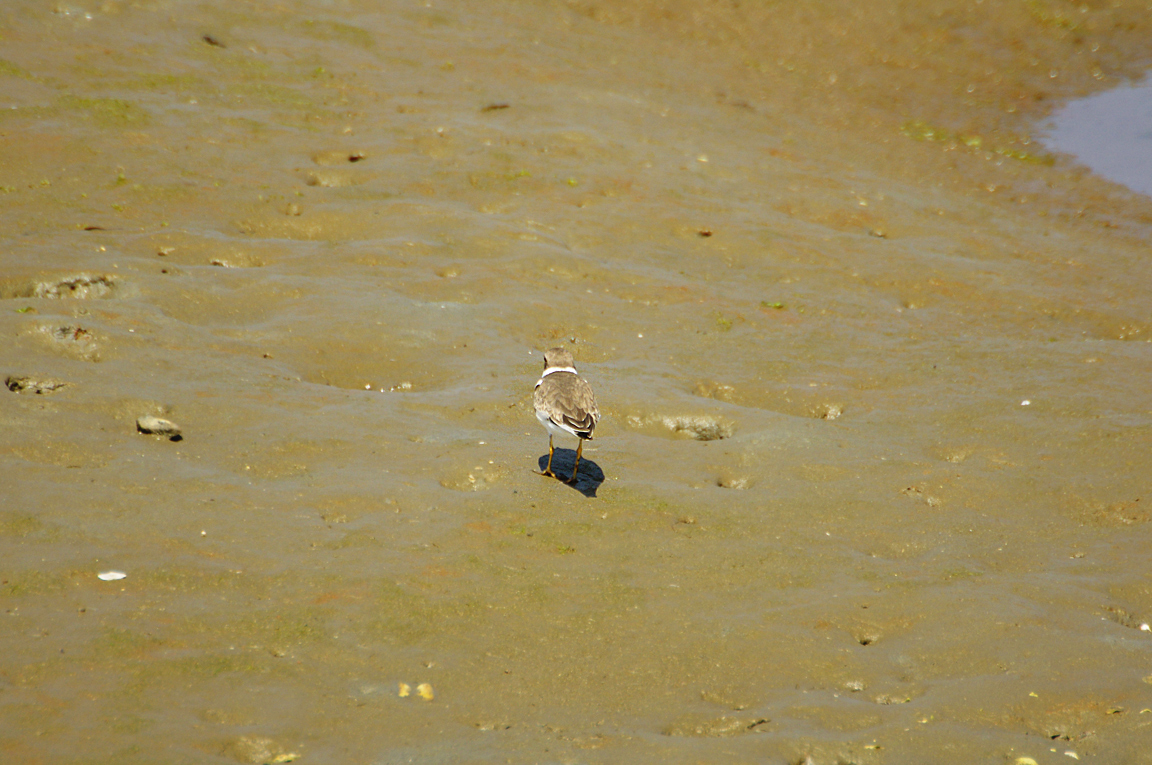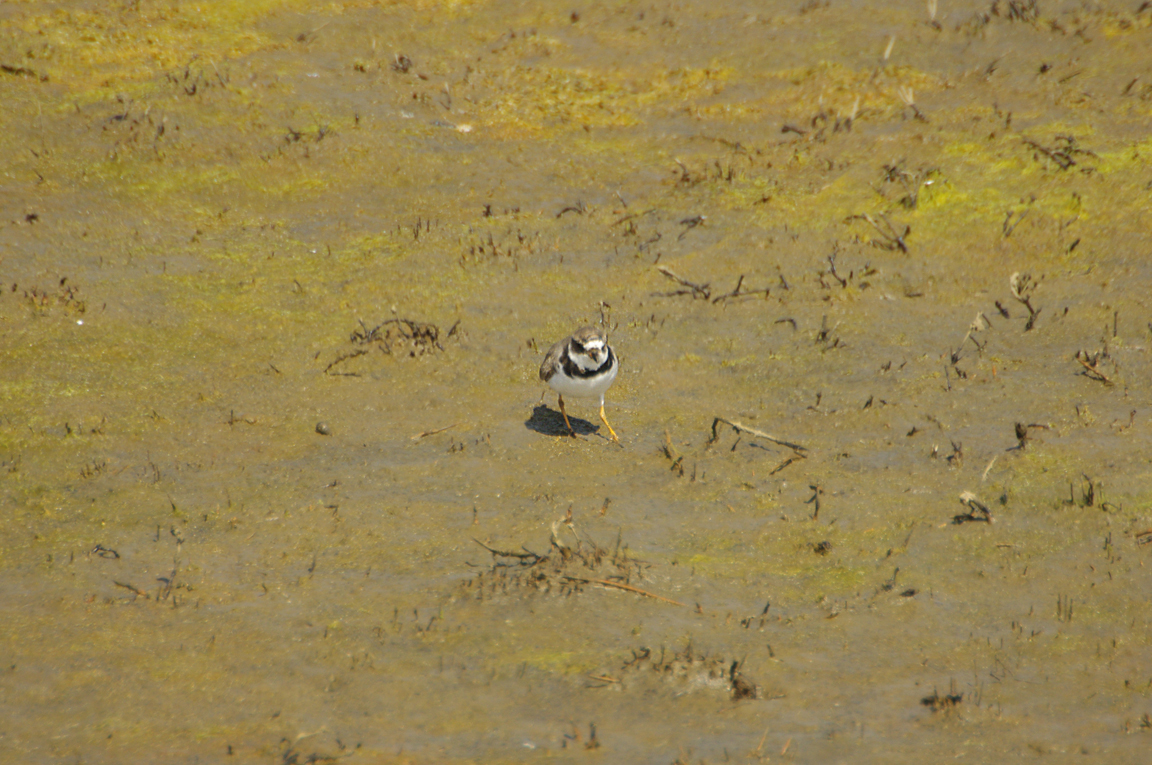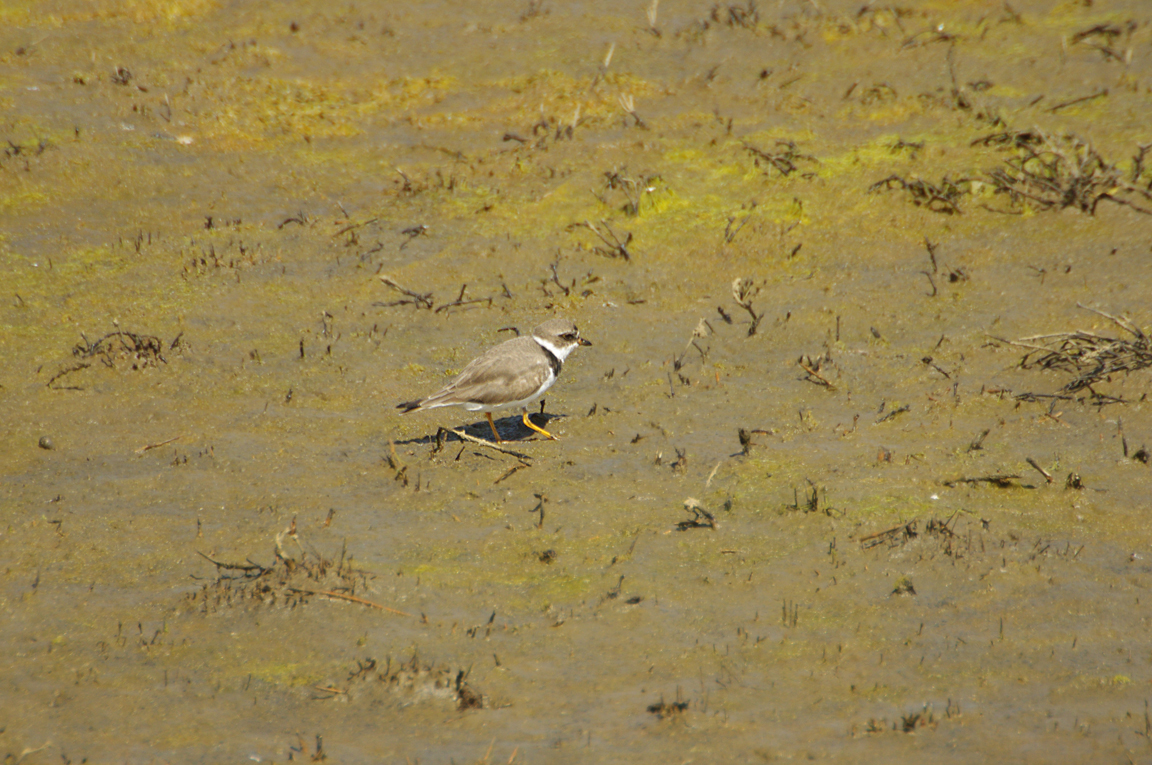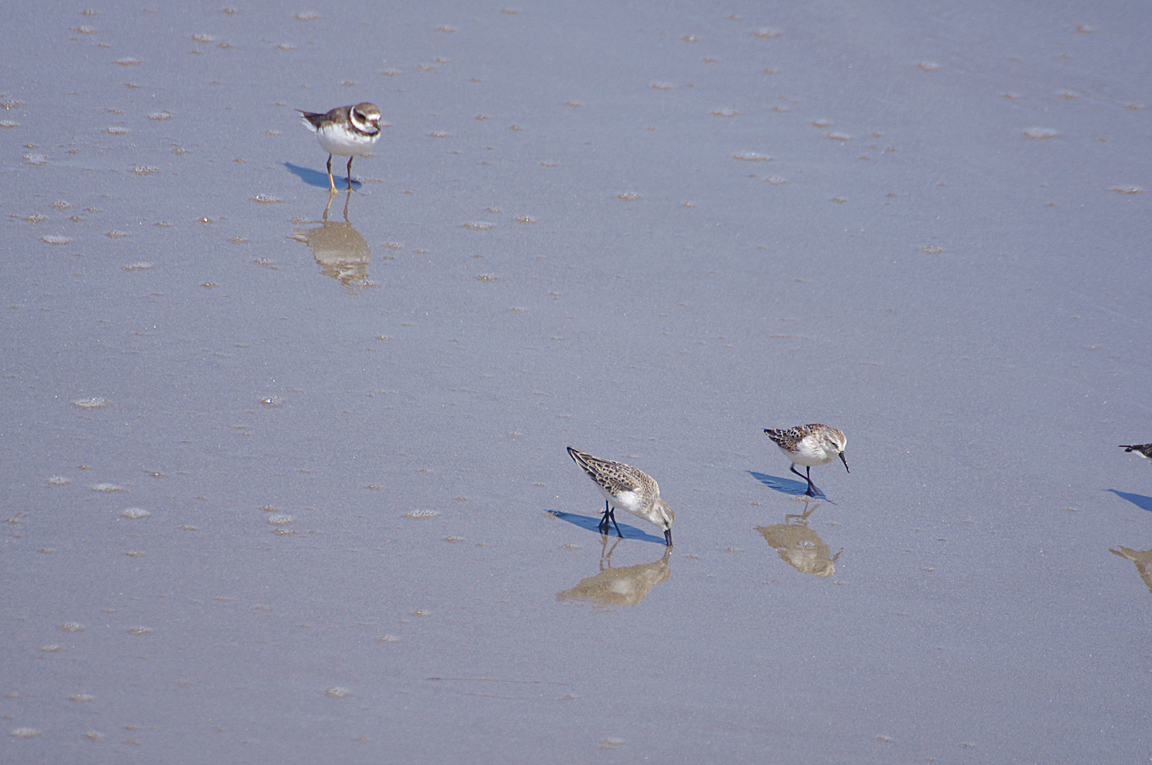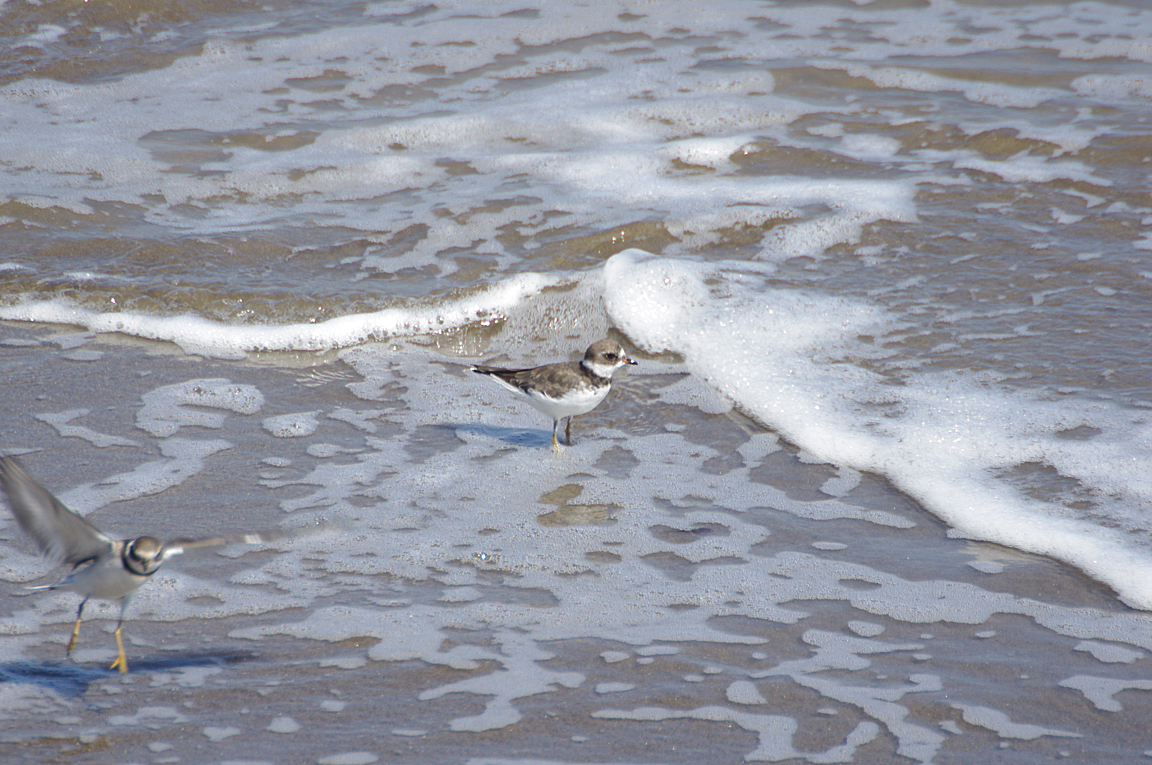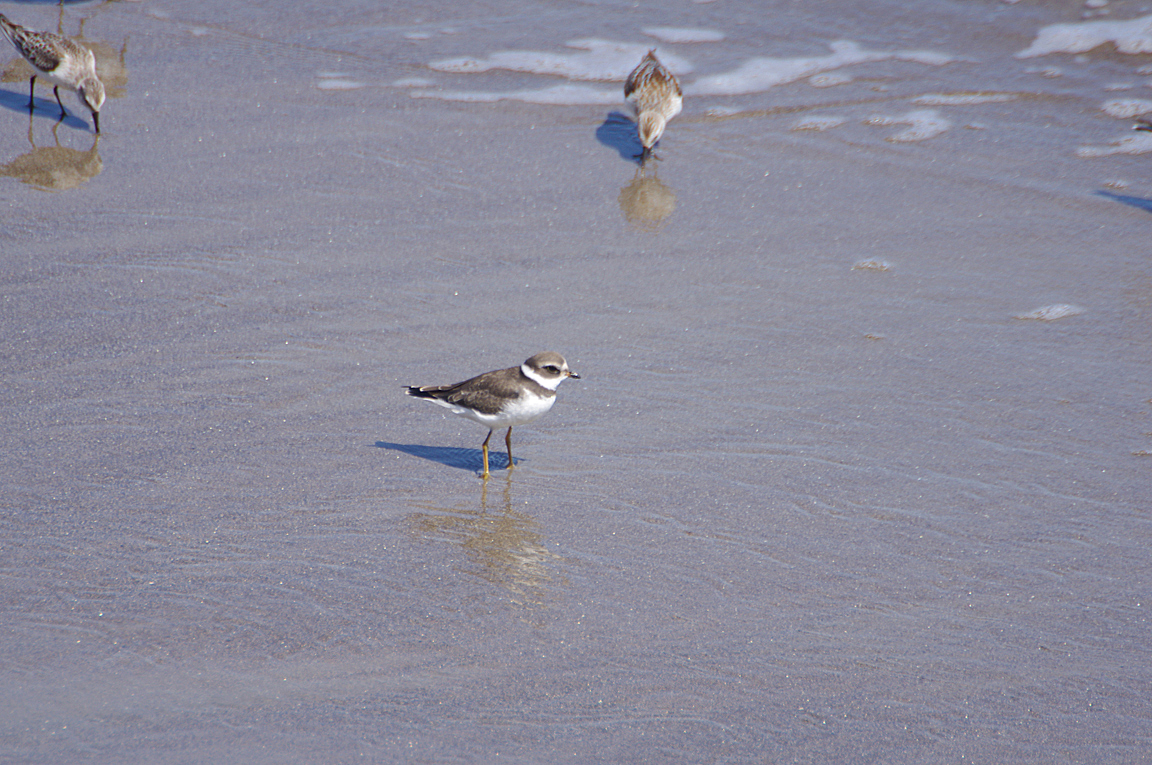|
|
|
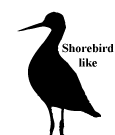 |
Wilson's Plover
|
| Charadrius wilsonia | |
A medium-sized plover of ocean beaches, the Wilson's Plover has a single chest band and a large, thick bill. The large bill helps it catch and eat larger prey items than other plovers on the beach.
Interesting Information
-
Wilson's Plover is named for early ornithologist Alexander Wilson, who collected the type specimen in May 1813 at Cape May, NJ, where this species is (and was) only a rare visitor.
-
No known trends in populations. Listed as threatened or endangered in some states.
-
They will resort to feigning injury, such as a broken wing, to distract potential predators.
-
A group of plovers has many collective nouns, including a "brace", "congregation", "deceit", "ponderance" and "wing" of plovers.
Description
Adult Description
-
Medium-sized shorebird.
-
Legs moderately long.
-
Neck short.
-
Back brown.
-
Underparts white with one thick black or brown band on chest.
-
Length Range: 18-20 cm (7-8 in)
-
Weight: 54 g (1.9 oz)
-
Size: Small (5 - 9 in)
-
Color Primary: White, Brown
-
Underparts: White with dark brown breast patch.
-
Upperparts: Gray-brown
-
Back Pattern: Solid
-
Belly Pattern: Solid
-
Breast Pattern: No Data
Sex Differences
Female slightly drabber
Immature
Similar to nonbreeding adult, but with less distinct breast band and scaly pale edging on back feathers.
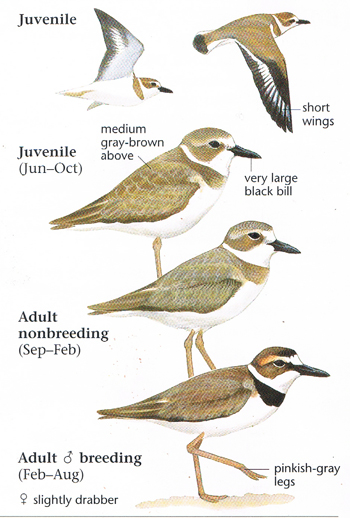
Photo taken from: The Sibley Field Guide by David Allen Sibley
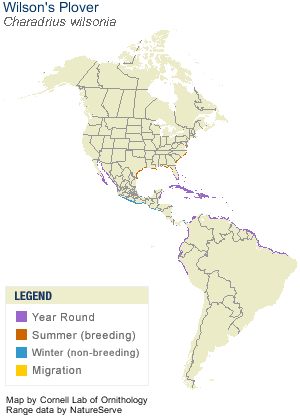
© 2003 Cornell Lab of Ornithology
|
Habitat |
|
Ocean beaches, lagoons, and salt flats. |
|
Behavior |
|
Pauses, looks, runs, and then seizes prey from surface of beach or tide flat. Some probing in sand. |
|
Food |
|
Crustaceans, especially fiddler crabs, worms, insects. |
Taxonomy
| Kingdom: | Animalia |
| Phylum: | Chordata |
| Subphylum: | Vertebrata |
| Class: | Aves |
| Order: | Charadriiformes |
| Family: | Charadriidae |
| Subfamily: | Charadriinae |
| Genus: | Charadrius |
| Species: | Charadrius wilsonia |
| Subspecies: | Charadrius wilsonia beldingi |
| Charadrius wilsonia wilsonia |
Similar Species |
|
|
Bird Sound |
|
A sharp whistled "weep!" |
|
Eggs look like this |
|
Photo taken from: ARCTOS Collaborative Collection Management Solution |
